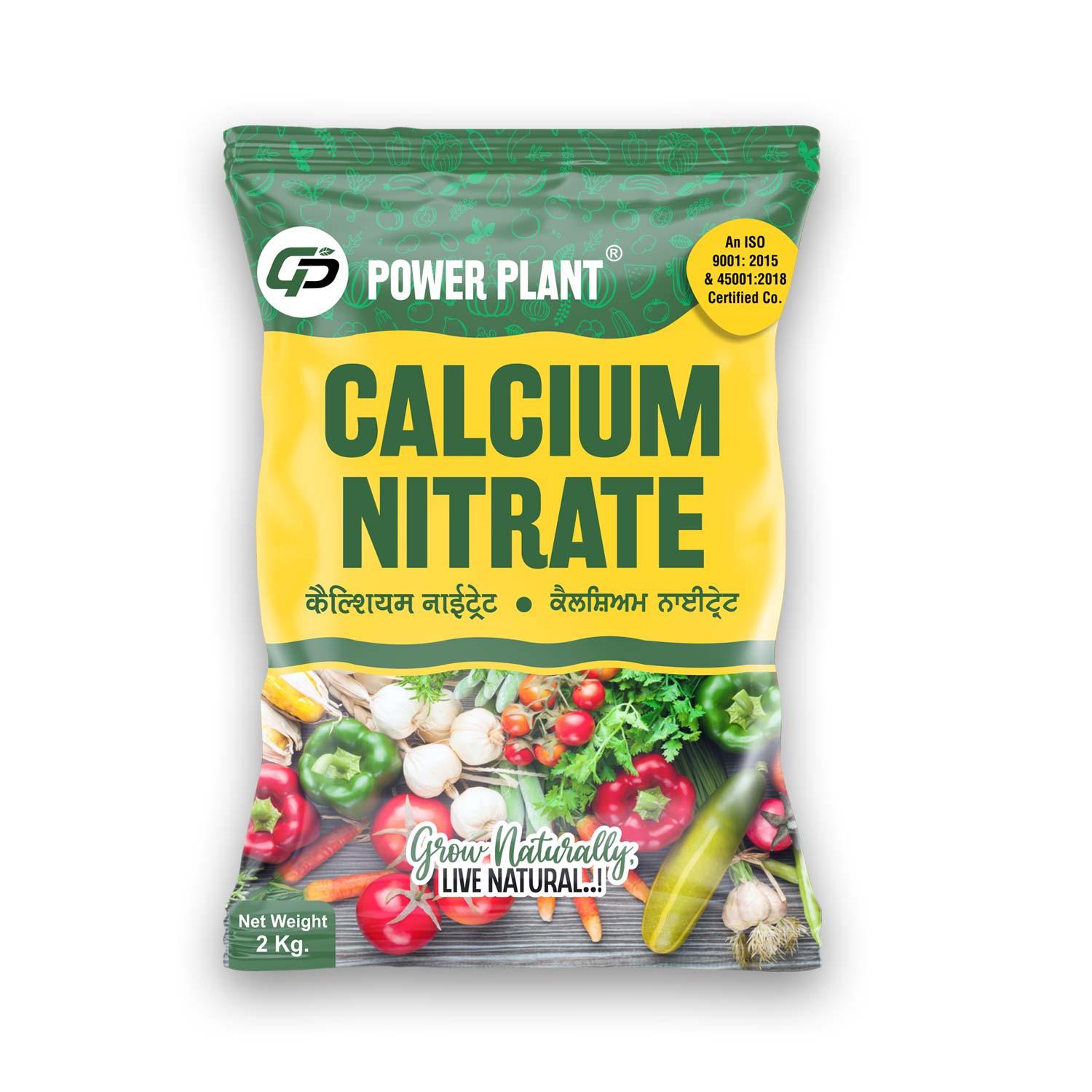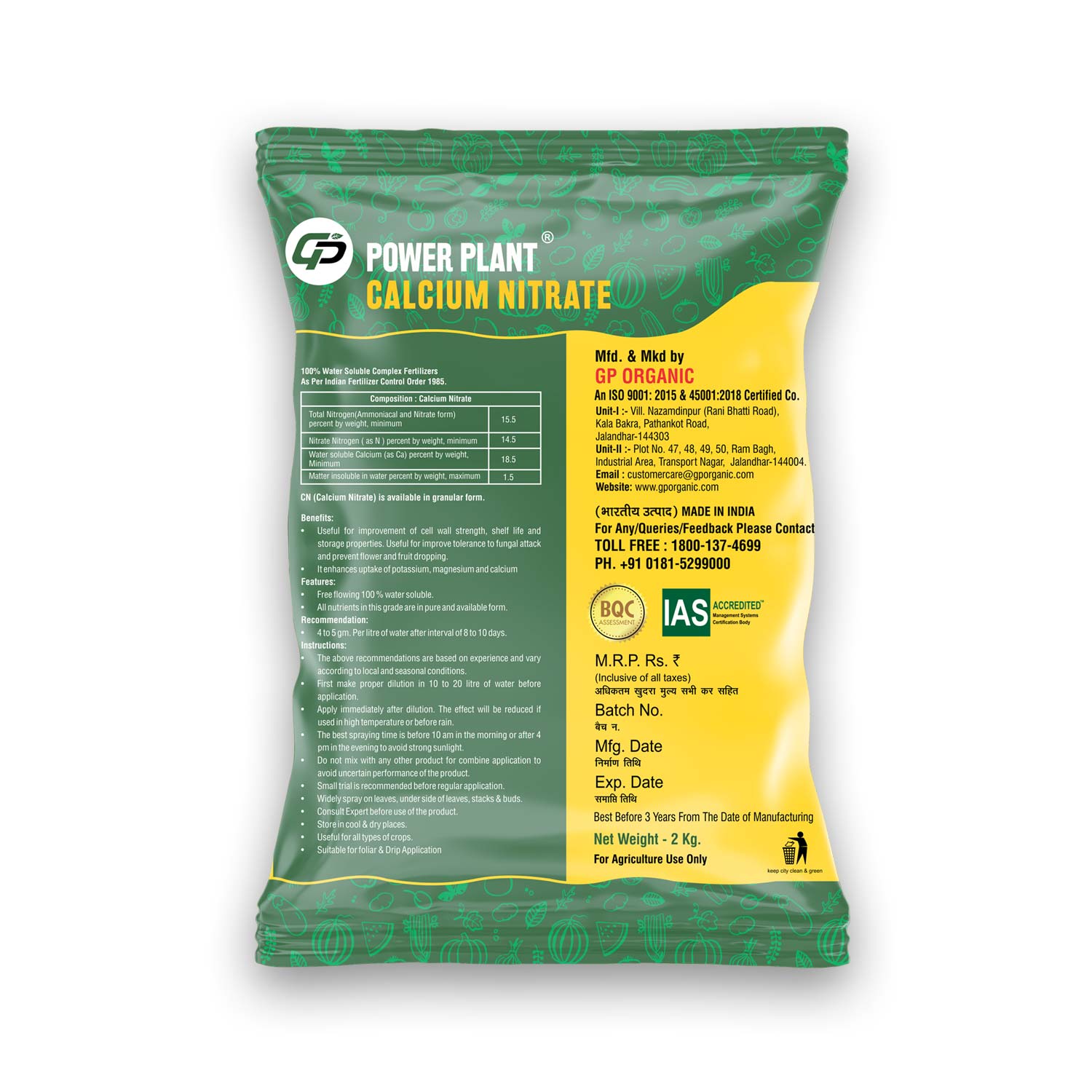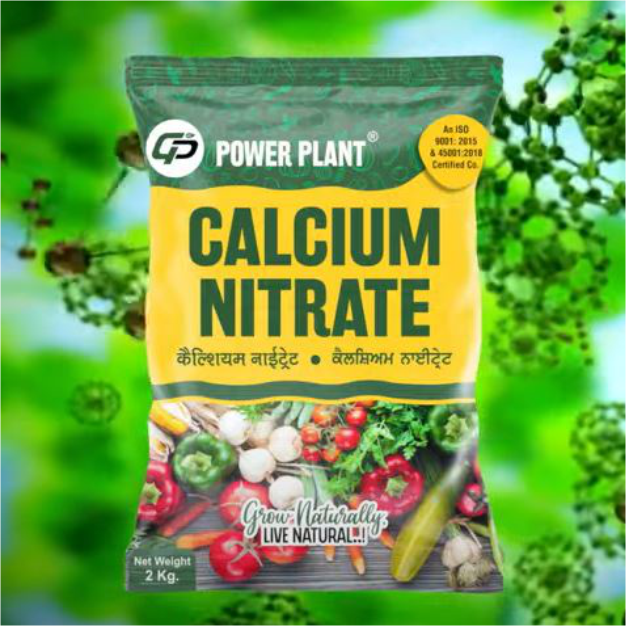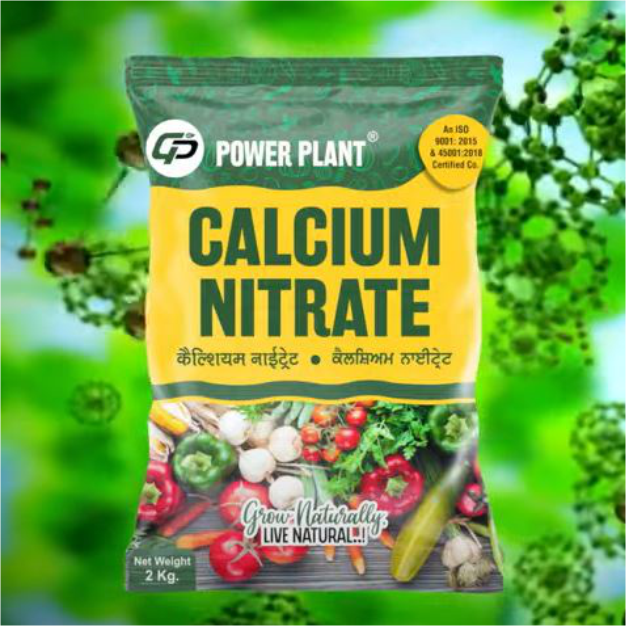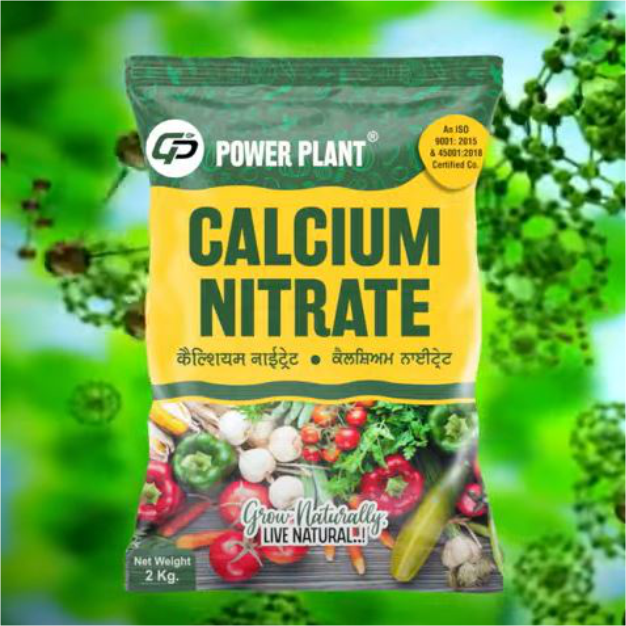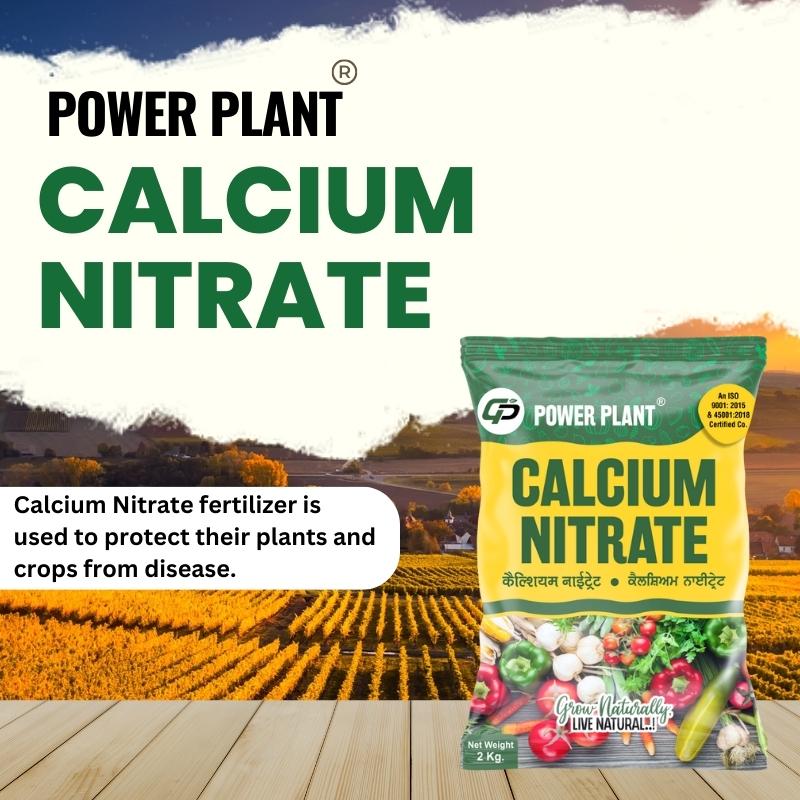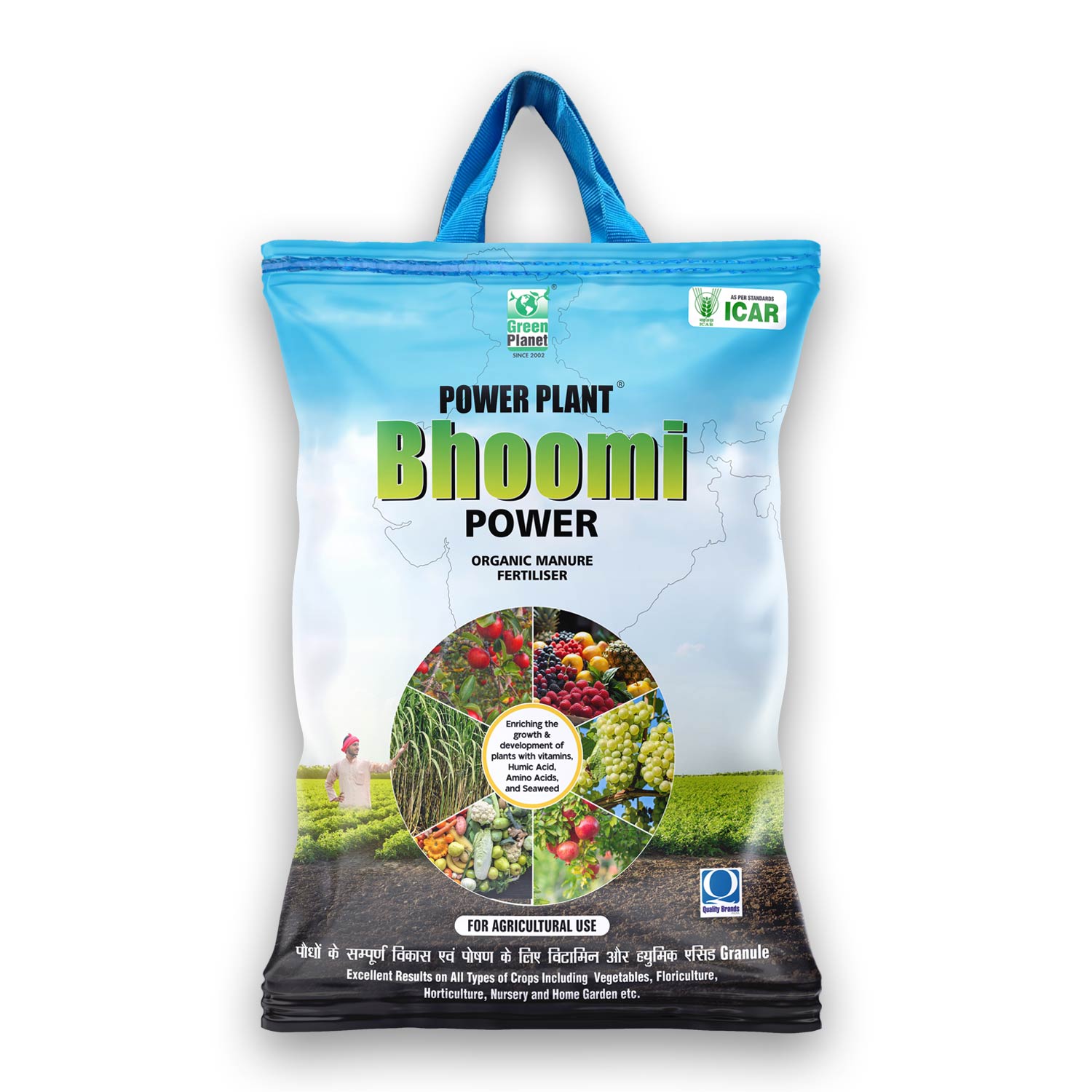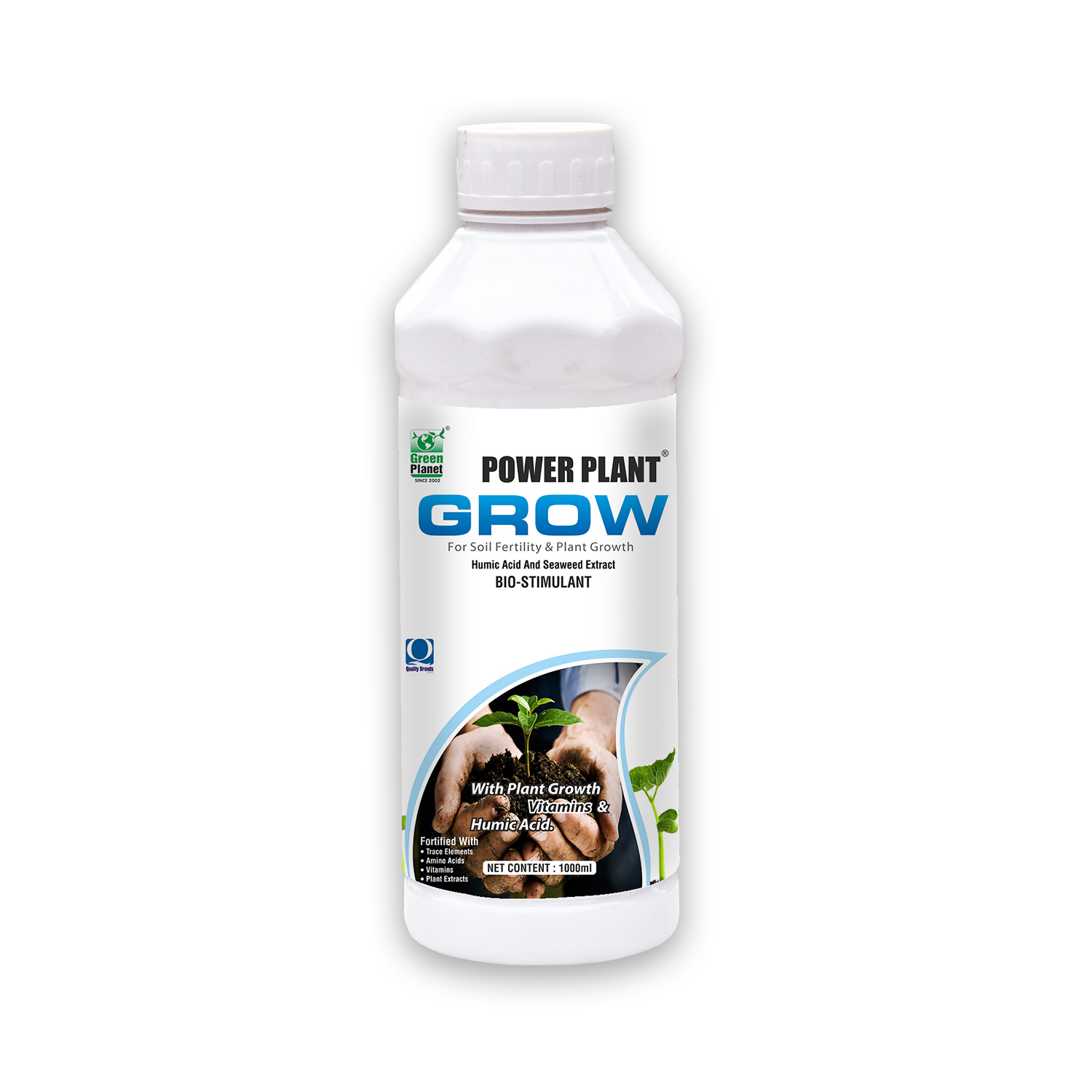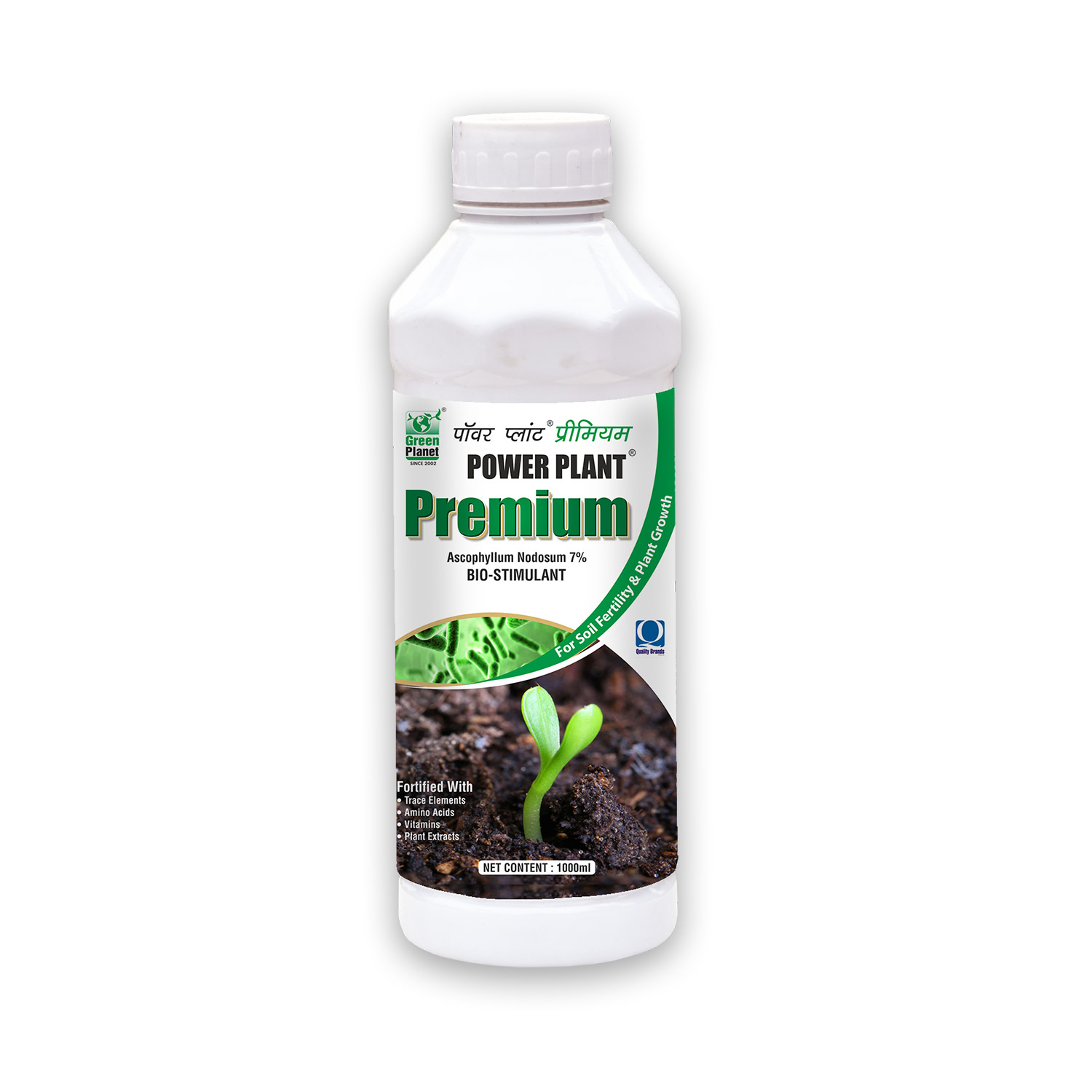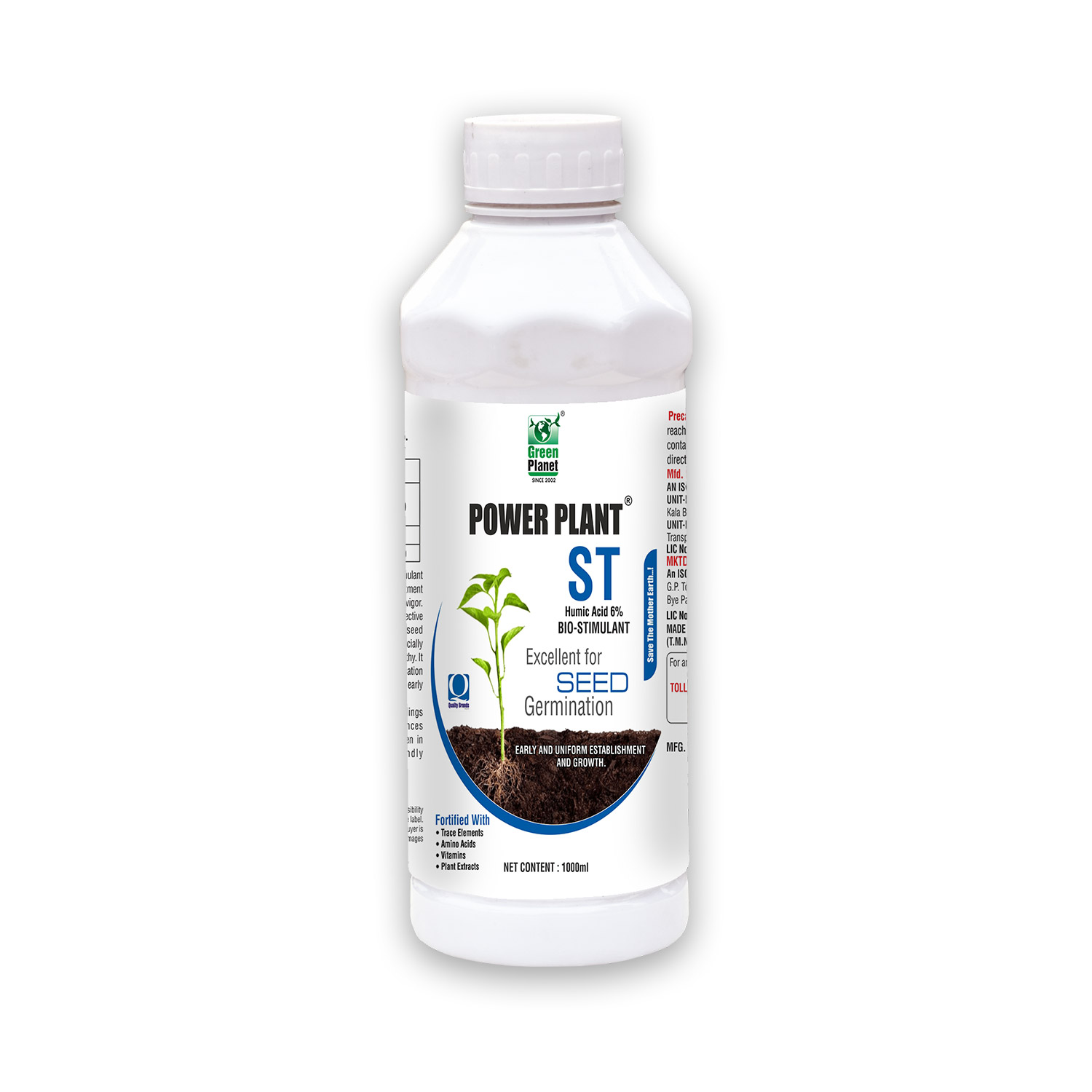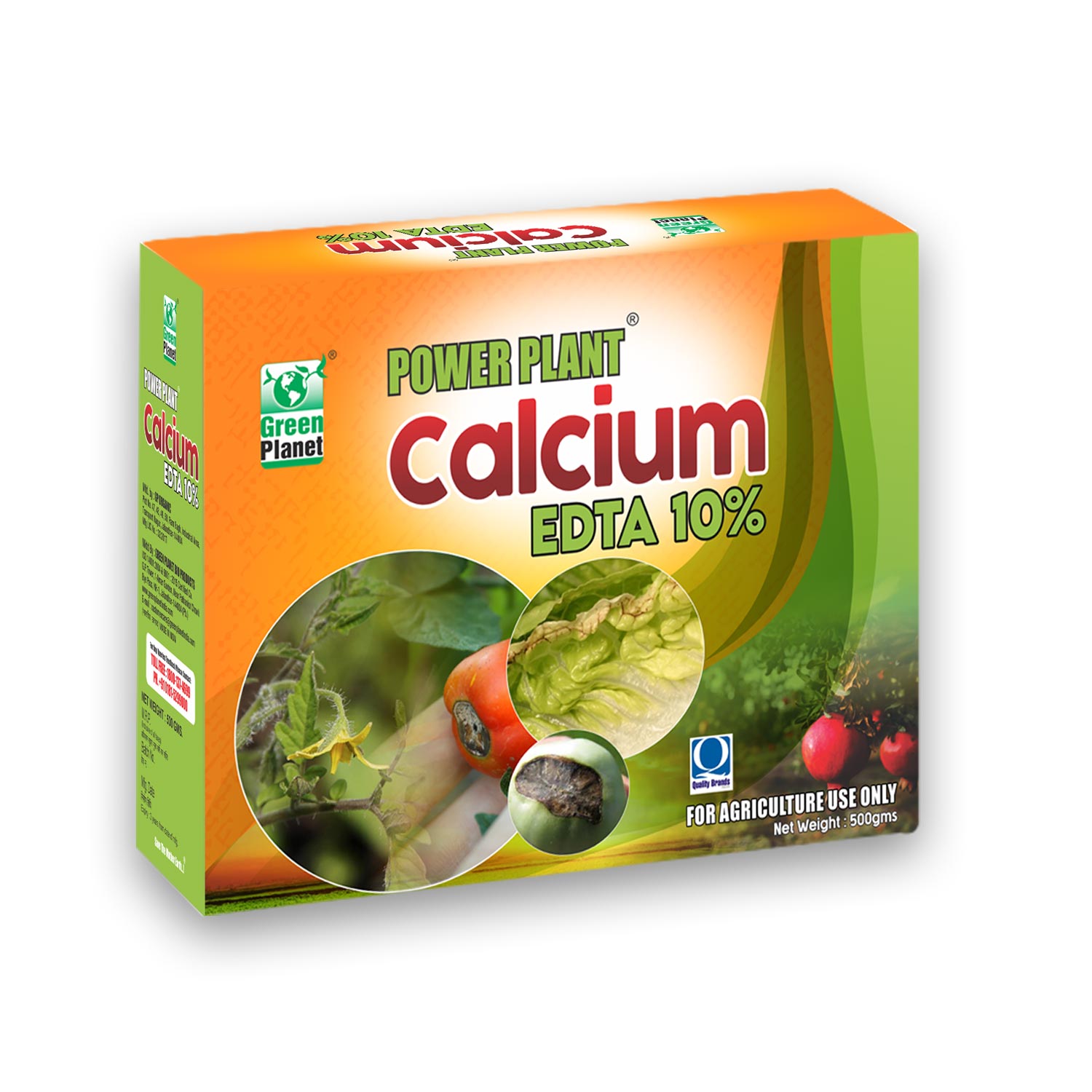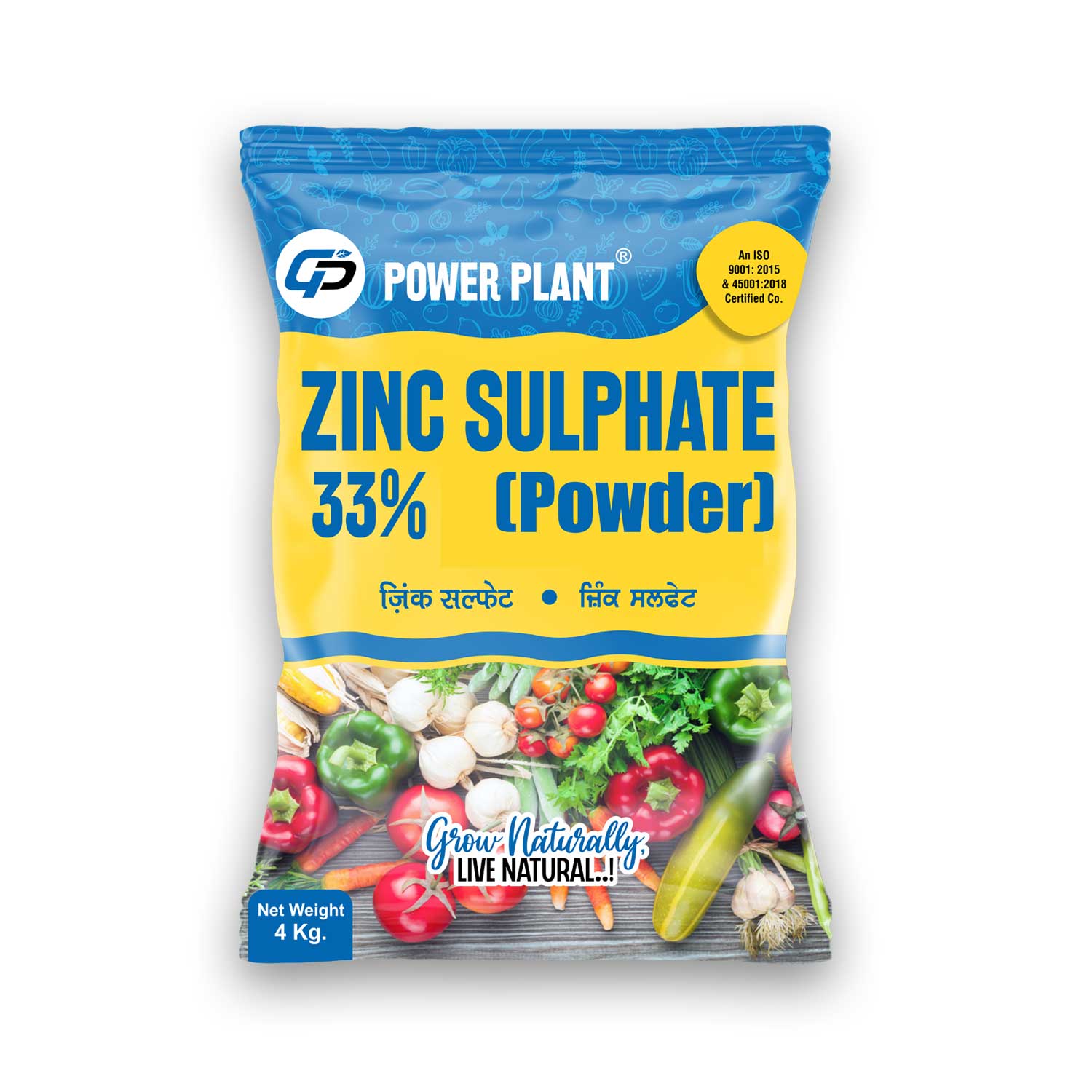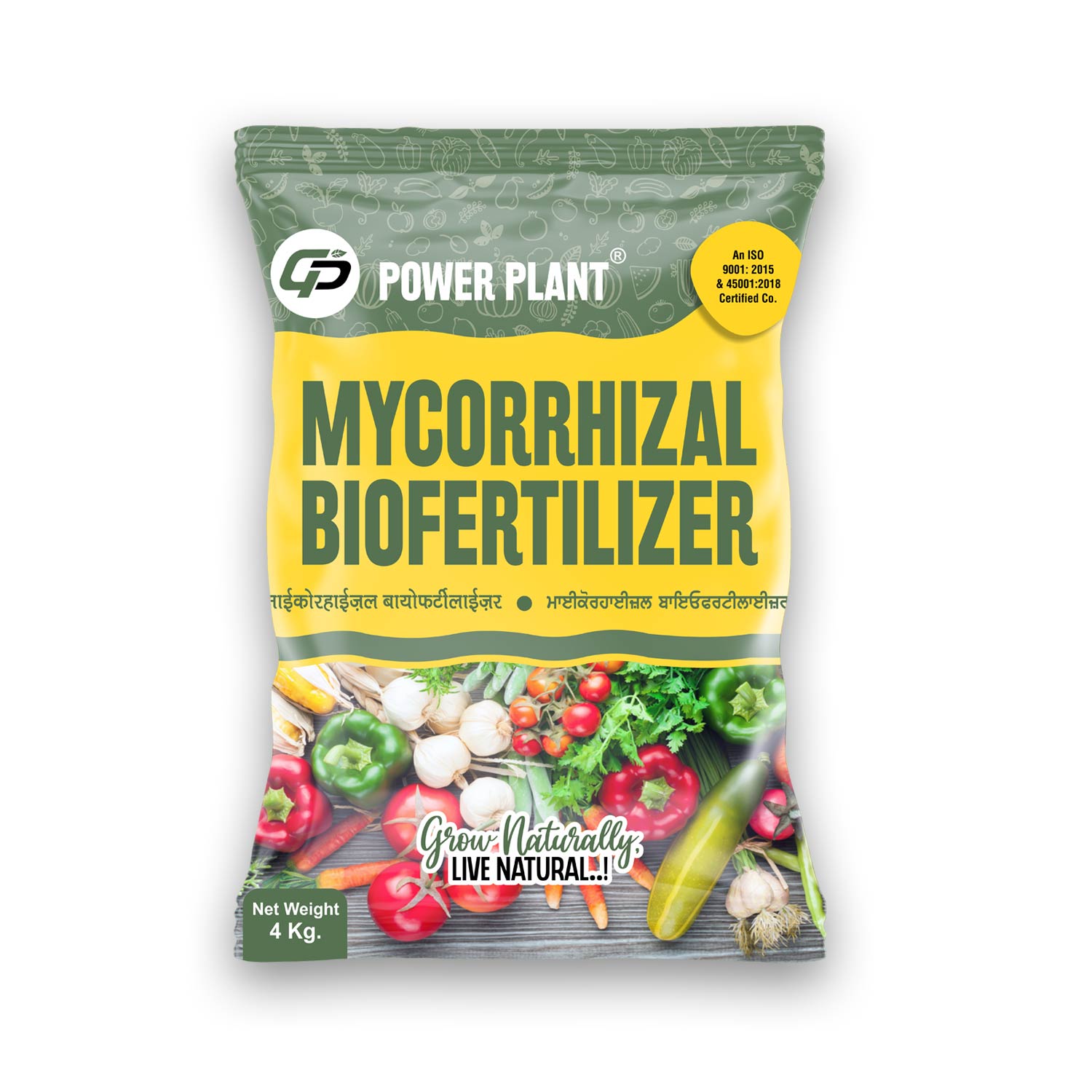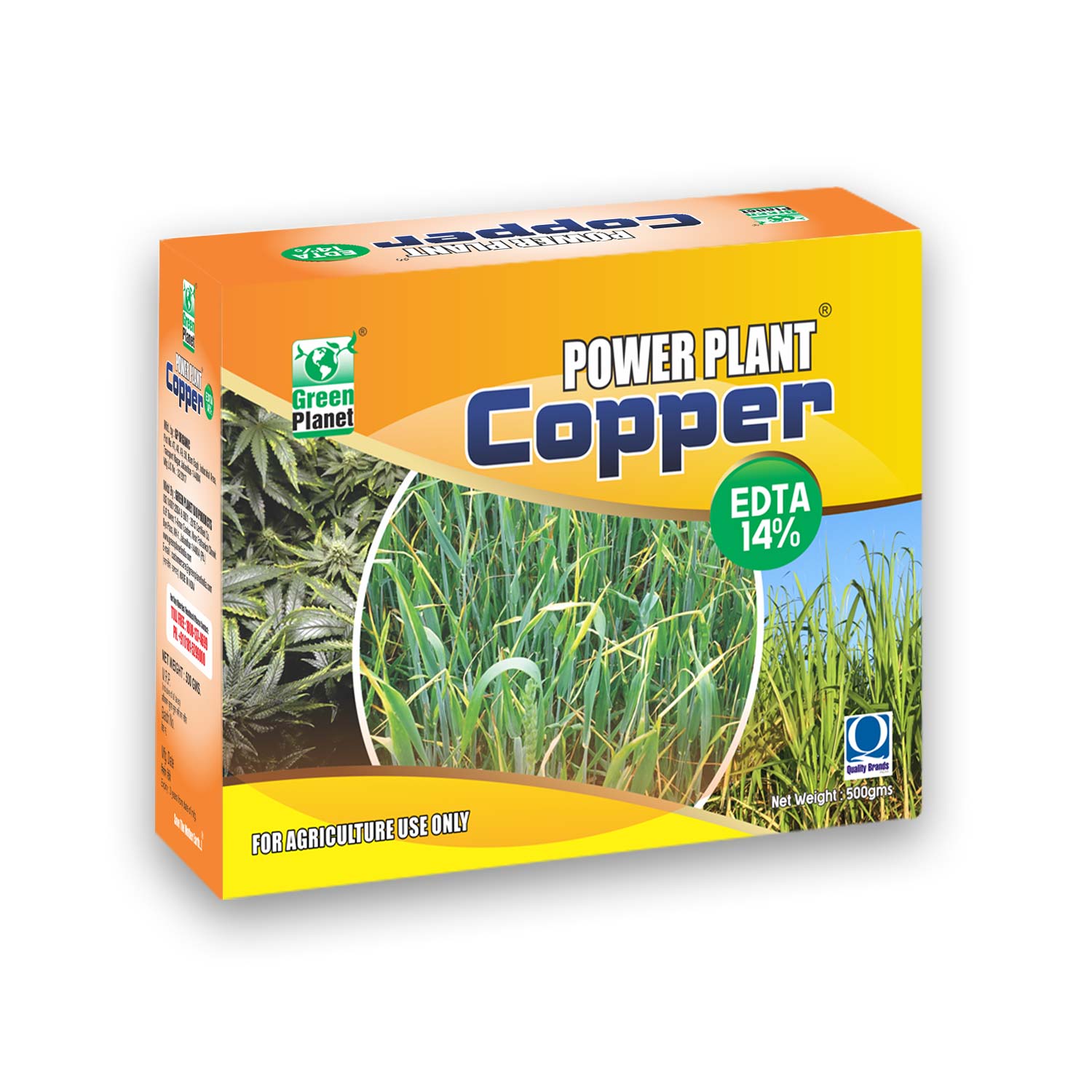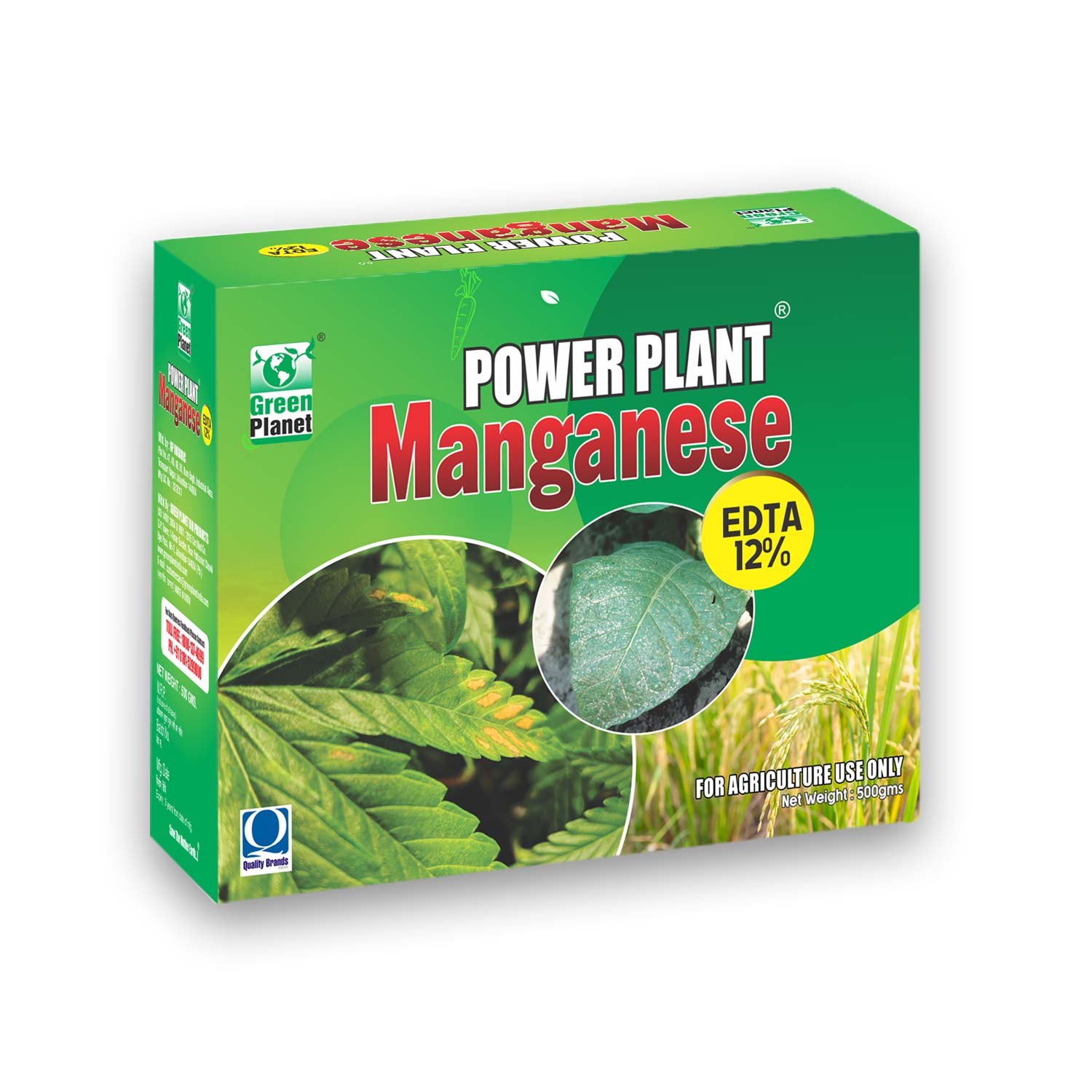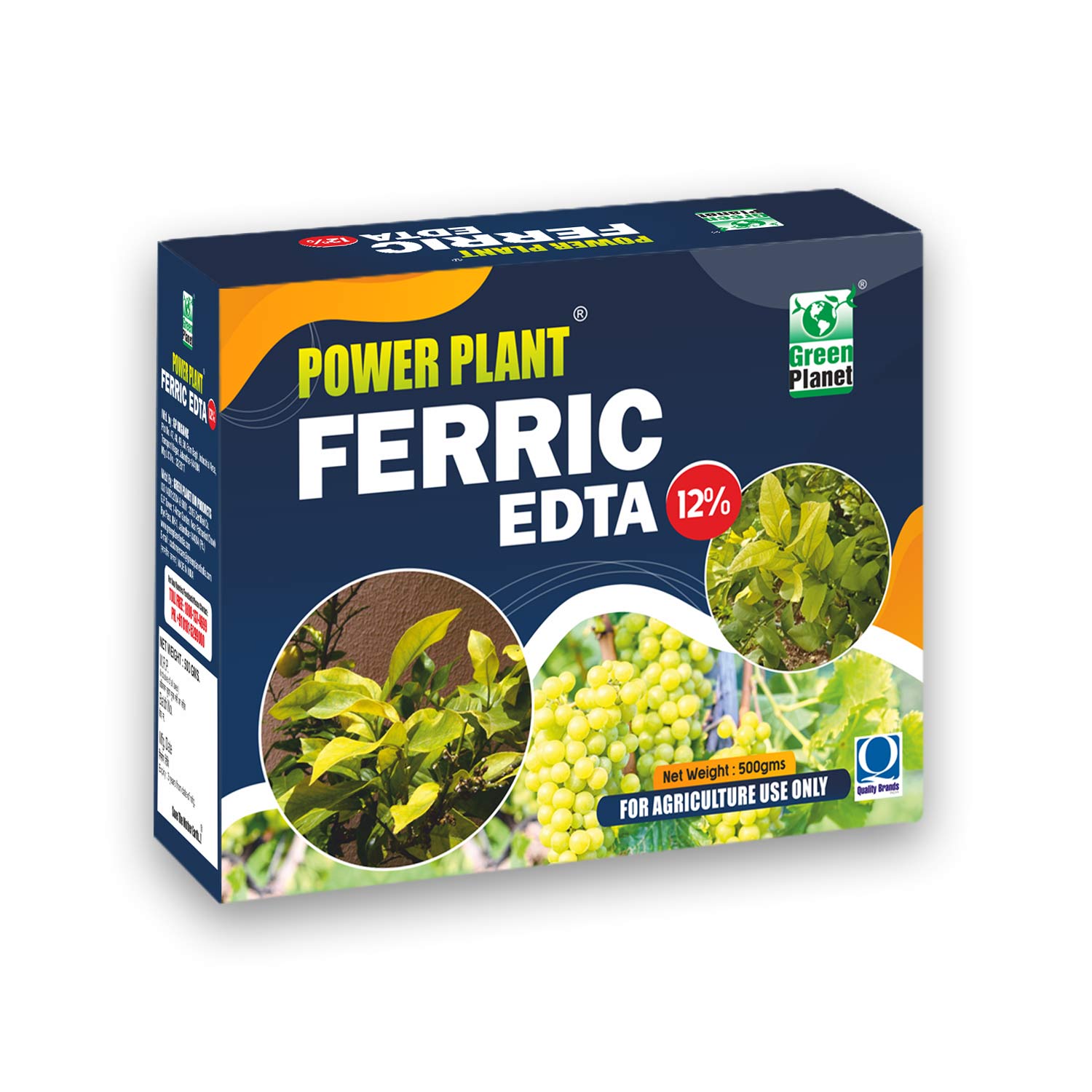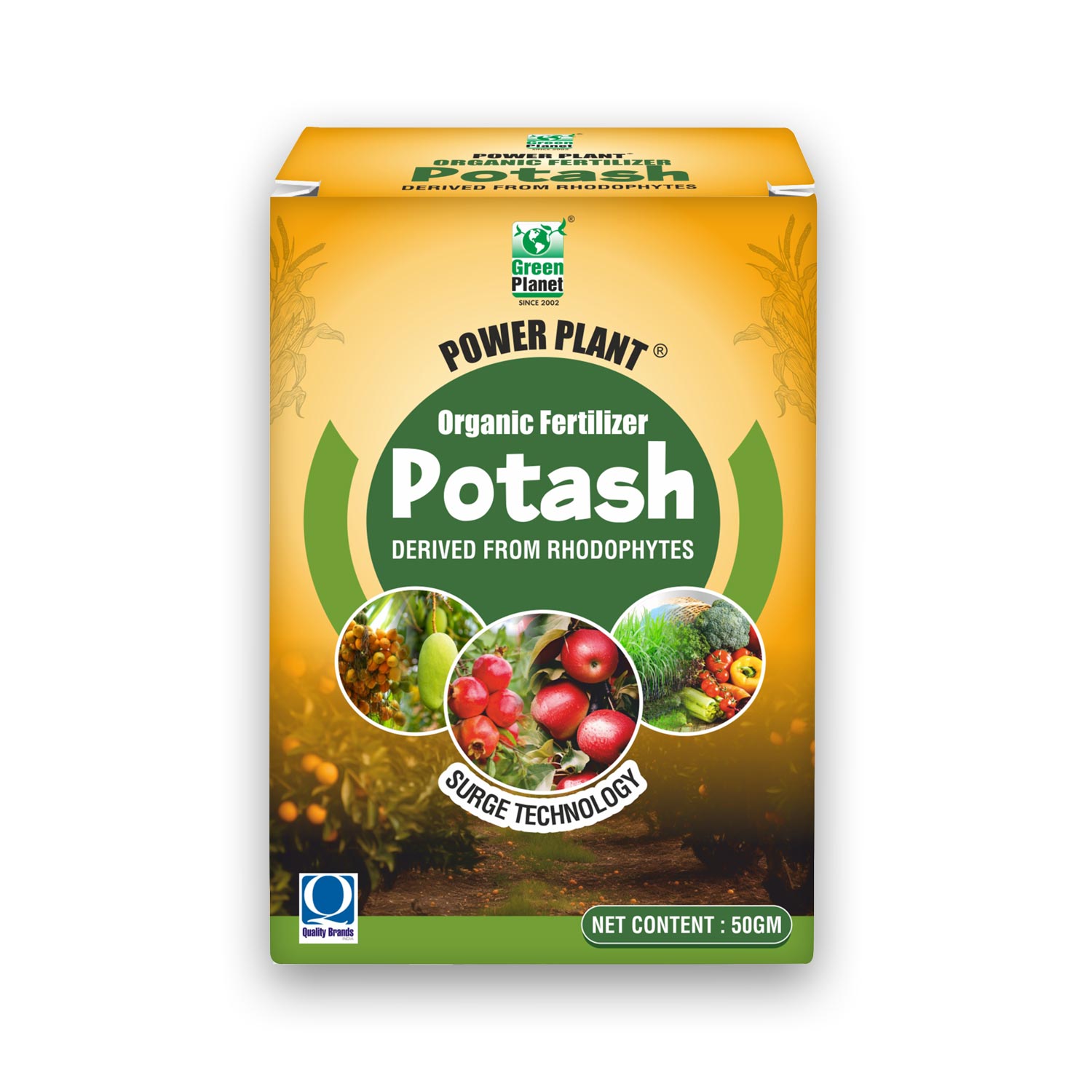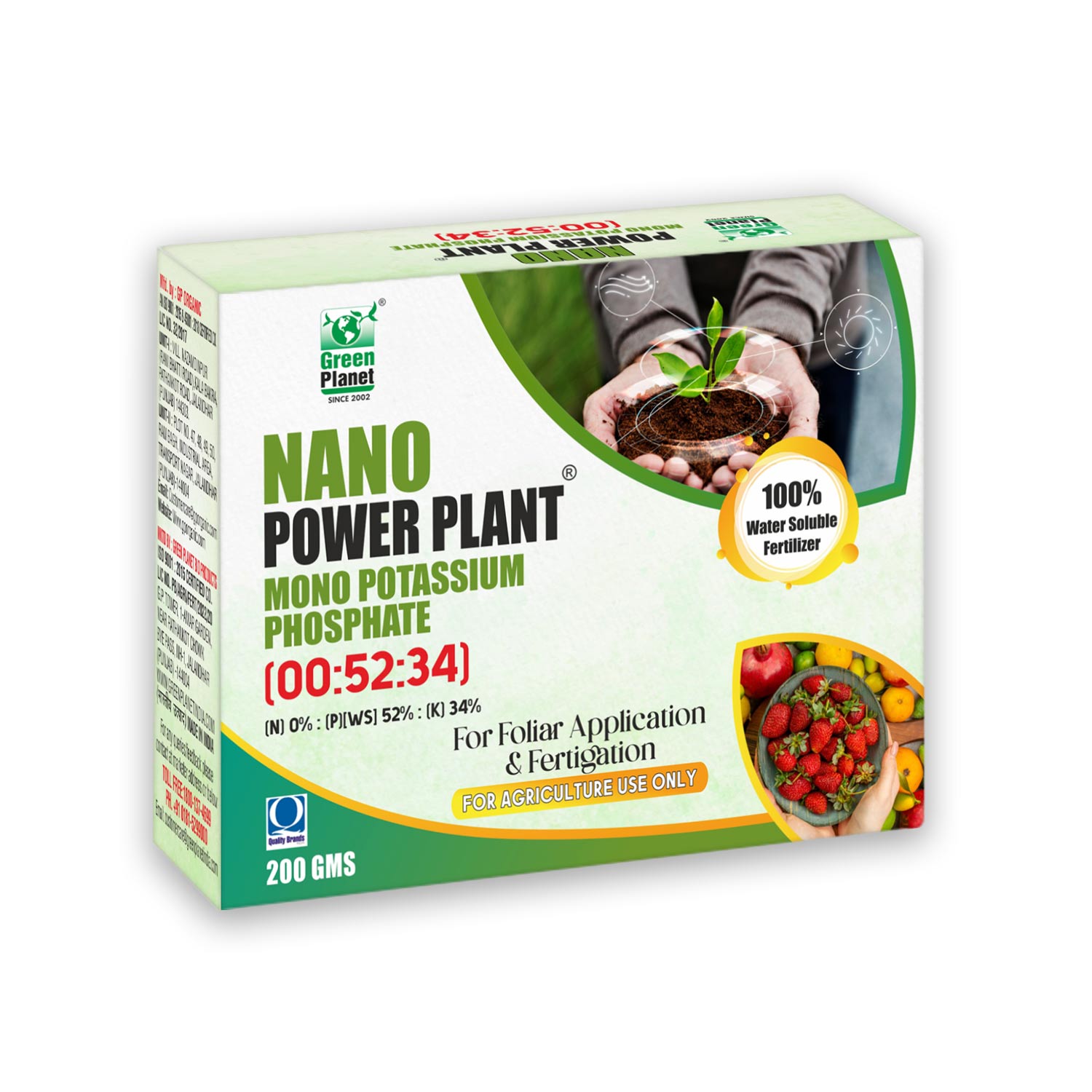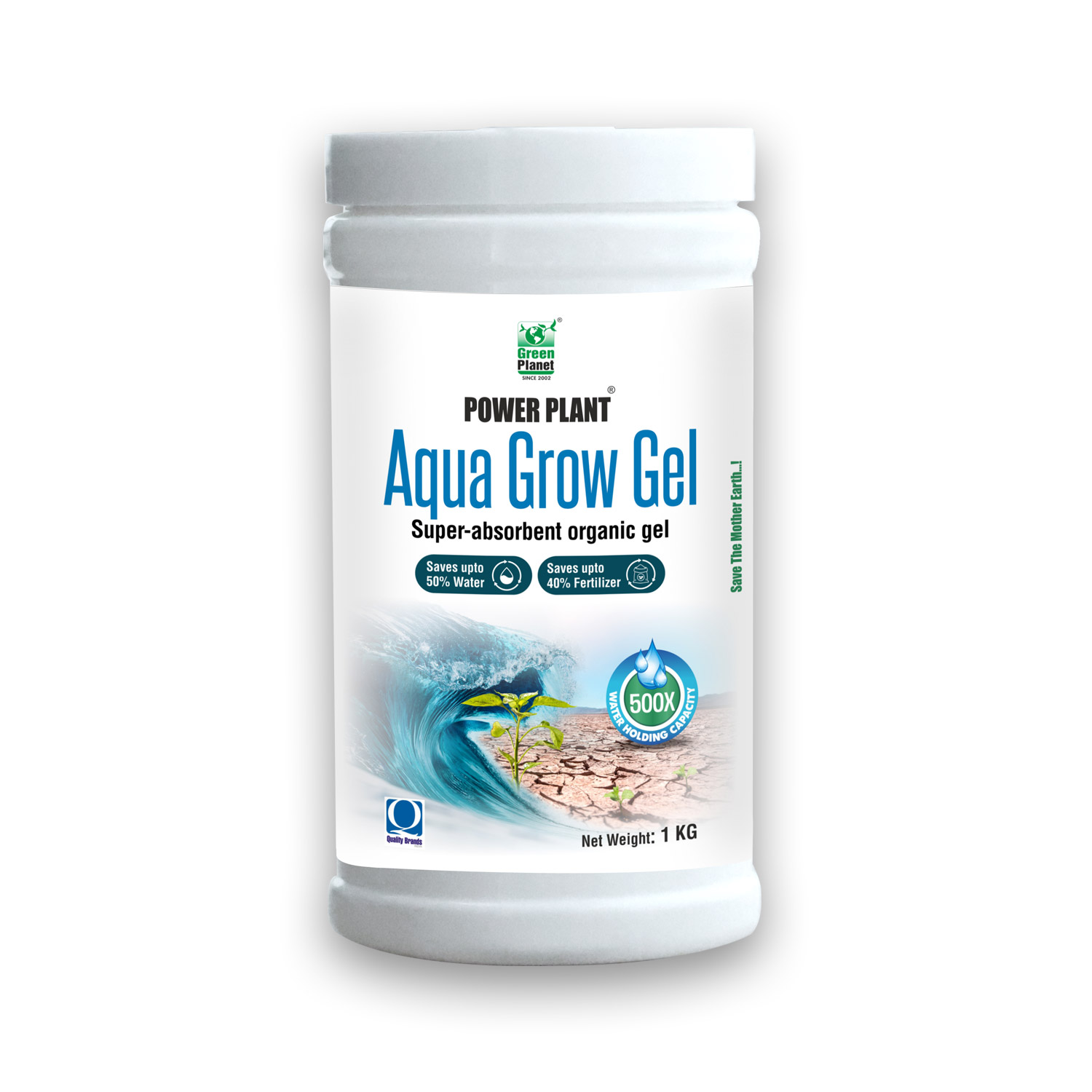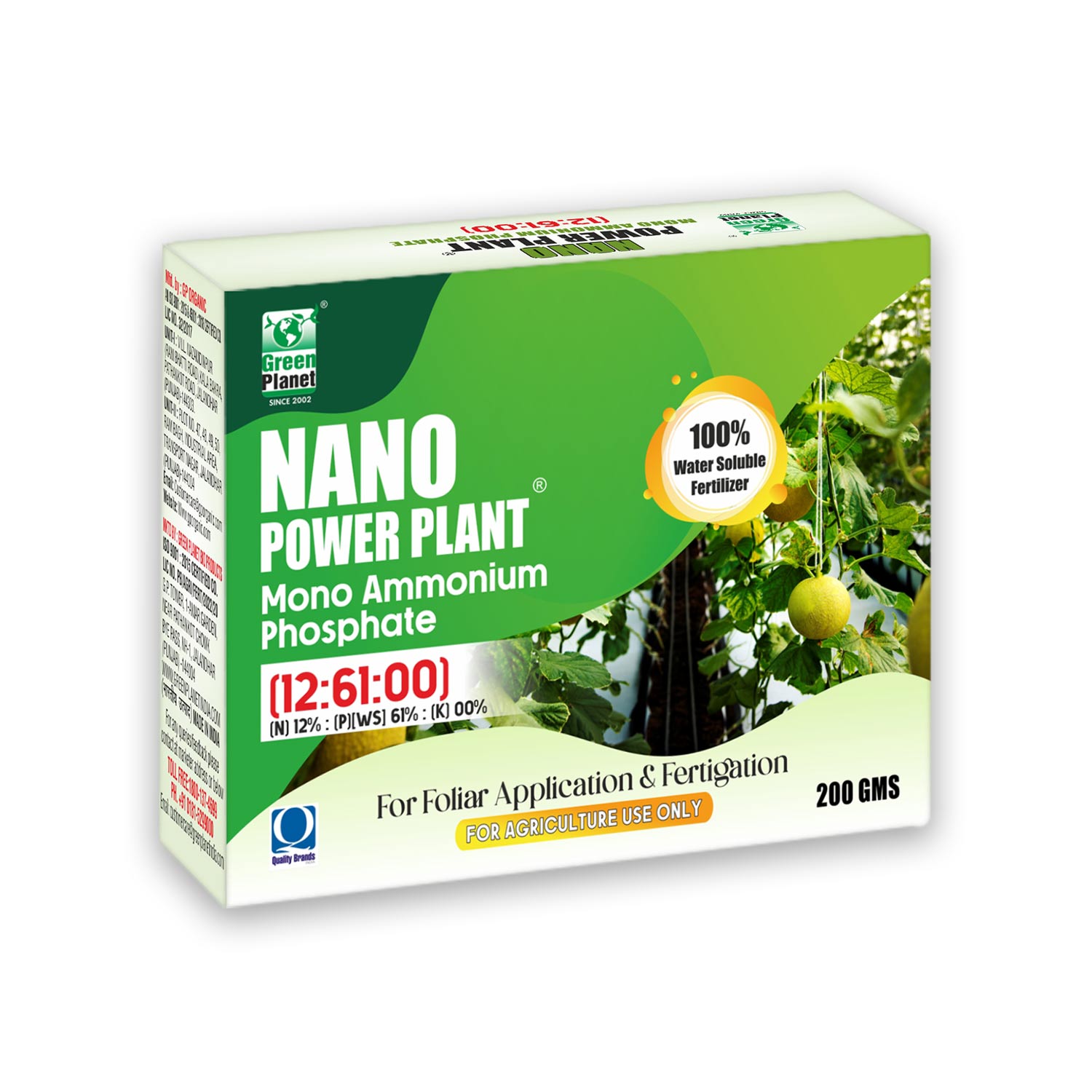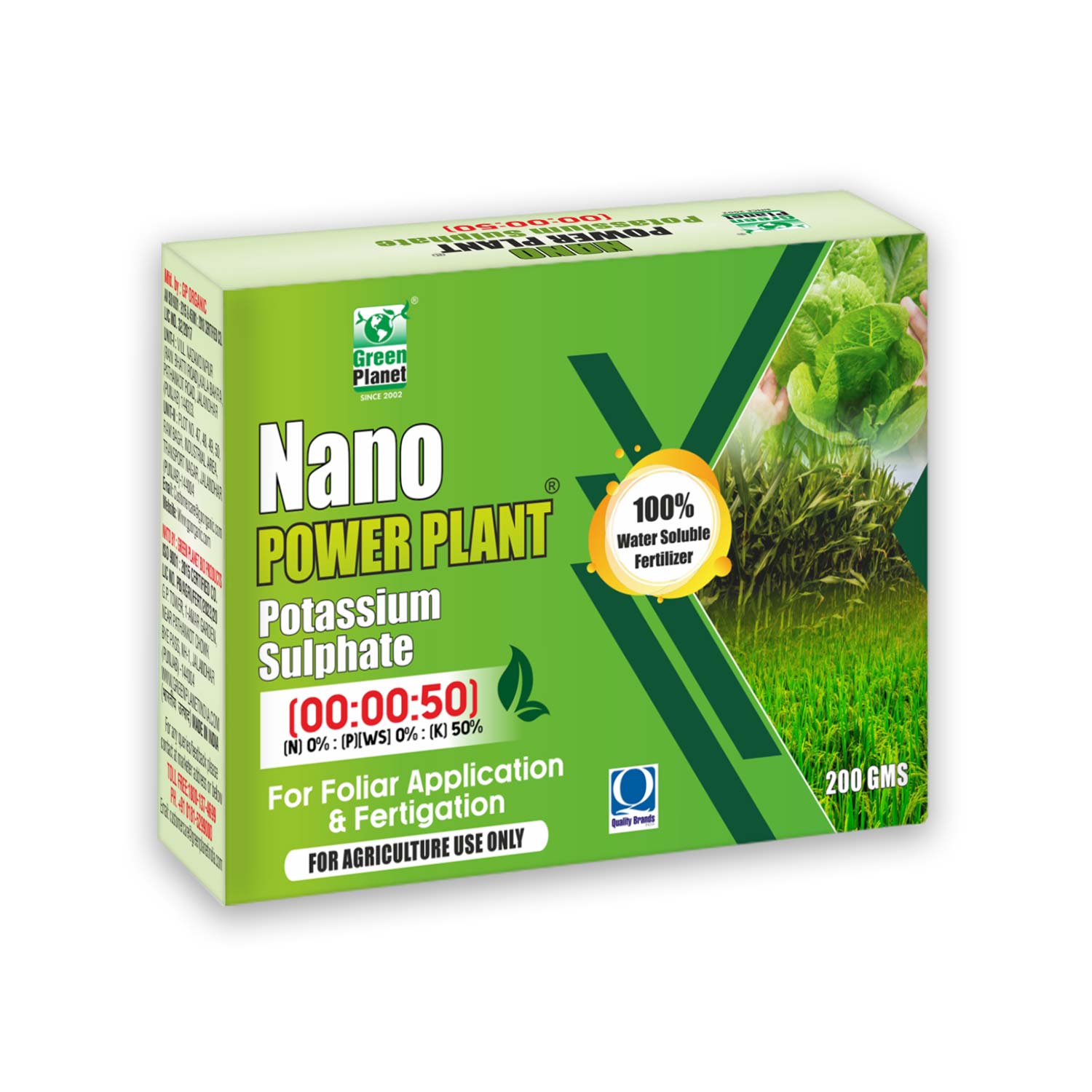Although ammonium nitrate is a typical nitrogen source, it inhibits calcium absorption and produces calcium shortage in plants. The remedy is to use calcium nitrate instead of calcium chloride on any crop that is prone to calcium shortage. Calcium nitrate is made by saturating limestone with nitric acid and then adding ammonia. It's regarded as a double salt since it's made up of two sodium-rich minerals found in fertilisers. The final product also has a salt-like crystallisation. It's not organic, and it's a synthetic fertiliser additive.
The cell walls of plants rely on calcium for structural support. When plants are harmed or stressed, this element kicks in to help them heal. Calcium will be sent to the wounded region by the plant's vascular system, which will fortify it and begin to repair the damage.
Nitrogen is required for photosynthesis and the production of amino acids in plants. Plants can't convert sunlight into sugars for growth if they don't have enough nitrogen.
BENEFITS:
- Calcium Nitrate fertiliser is used to avoid calcium shortage and to replace calcium levels in plants.
- It helps to strengthen leaf strength, fruit, and roots by providing a calcium boost.
- Calcium Nitrate will give plants a dose of usable nitrogen to improve energy production.
- Calcium Nitrate fertilizer is used to protect their plants and crops from disease
- In case of Calcium deficiency, and in acidic soils. It has a significant effect on crop growth, production as well as on quality.
- It helps in the formation of new branches in plants, flowering, and fruit development, and helps to prevent fruit drop.
Although ammonium nitrate is a typical nitrogen source, it inhibits calcium absorption and produces calcium shortage in plants. The remedy is to use calcium nitrate instead of calcium chloride on any crop that is prone to calcium shortage. Calcium nitrate is made by saturating limestone with nitric acid and then adding ammonia. It's reg
Read More


